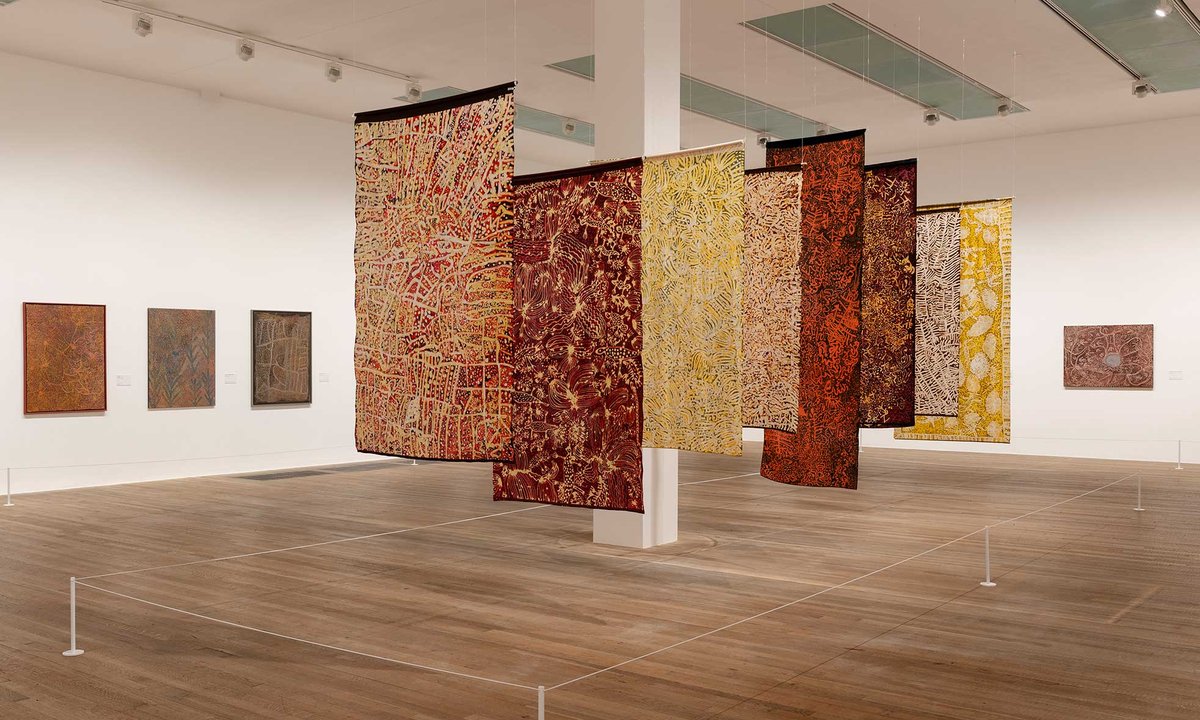
"Emily Kam Kngwarray's rise to fame in the late 1980s and early 90s in her native Australia was swift and meteoric-but with it came enormous demand from dealers and others, some of whom took advantage of the artist and members of her community, according to the two curators behind Kngwarray's major solo exhibition currently at Tate Modern in London. The show was first presented at the National Gallery of Australia (NGA) in Canberra two years ago."
"It was only in her mid-70s that she first put paint to canvas, but Kngwarray was propelled to art world stardom almost overnight after her first painting, Emu Woman (1988-89), was shown in Sydney in 1989, drawing critical acclaim and beginning an extraordinarily productive seven years in which it is estimated she painted around 2,000 works of trusted provenance."
"Almost 30 years after her death, Kngwarray's Earth Creation I (1994), which sold for AUS$2.1m in 2017, still holds the record for the highest price paid for an Indigenous artist, as well as for any Australian female artist. The work, which is owned by Andrew "Twiggy" Forrest, a mining magnate with significant investments in cattle ranches across Australia, has not been included in the Tate show."
Emily Kam Kngwarray was born in 1914 in Alhalker Country, home to the Anmatyerr people in the Northern Territory. She functioned as a ceremonial artist, storyteller and cultural custodian and worked on cattle stations in the area renamed Utopia. She began painting in her mid‑70s and rose rapidly after Emu Woman (1988–89) was shown in Sydney in 1989, producing an estimated 2,000 works over seven years. Earth Creation I (1994) sold for AUS$2.1m in 2017 and holds record prices for an Indigenous artist and an Australian female artist. The late‑1980s boom in the Aboriginal art market generated intense demand and instances of dealer exploitation; her later dealings included association with Don Holt of Delmore Downs. A major solo exhibition now appears at Tate Modern following its presentation at the National Gallery of Australia.
Read at The Art Newspaper - International art news and events
Unable to calculate read time
Collection
[
|
...
]